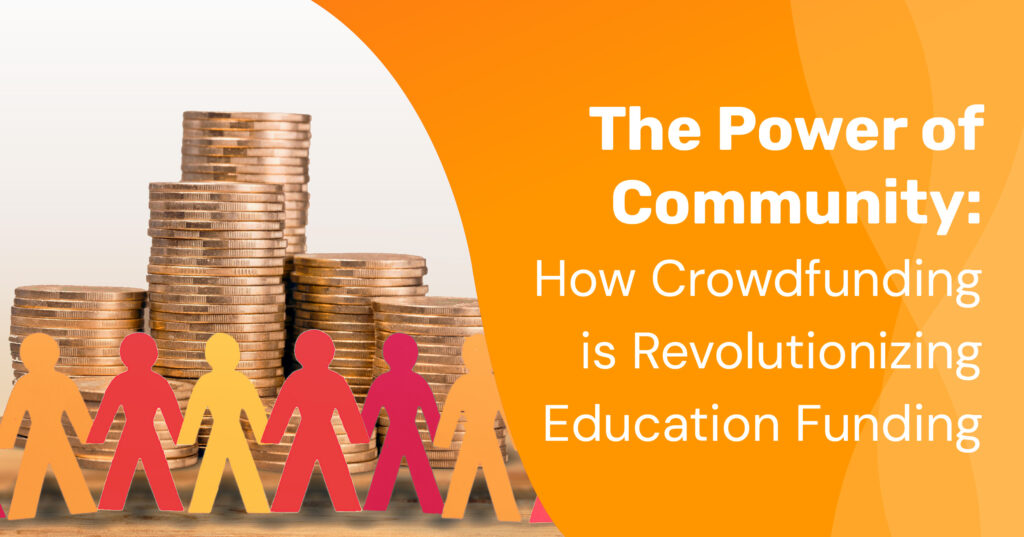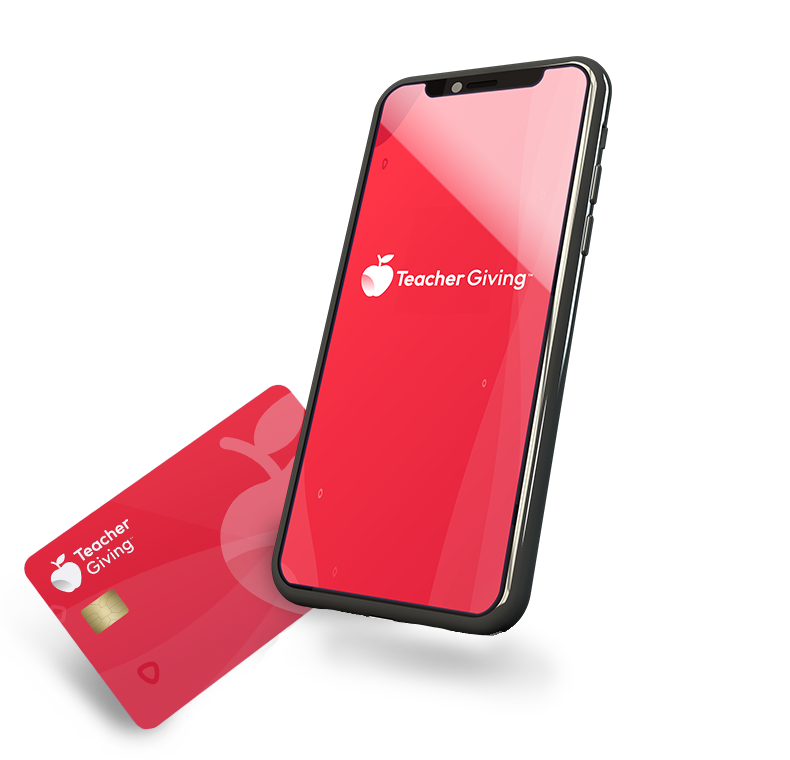Crowdfunding is transforming education around the world. Instead of relying solely on limited budgets or grants (or paying for classroom supplies out of your own pocket), you now have the power to reach out directly to your community — parents, alumni, organizations, local business owners, and even total strangers — and rally support. It’s like having a team of investors behind you, all equally committed to the long-term dividends: the priceless education of future generations.
Through crowdfunding, teachers are backed by an entire community, united in their vision for a fully-funded, well-supported classroom. This community offers financial donations and unwavering encouragement as teachers strive to make a real, lasting impact on students’ lives.
Together, we’ll explore how crowdfunding isn’t just about raising money; it’s about building connections, fostering creativity, and empowering educators to achieve and exceed their goals.

Crowdfunding in education: When did it start and where is it going?
Crowdfunding in education has deep roots in community-driven fundraising efforts, but the modern, internet-facilitated version began to gain traction in the early 2000s. This era of crowdfunding leveraged technology and social media to connect educators with potential donors on a global scale, democratizing access to funding and enabling innovative educational initiatives.
The idea of the earliest platform was simple: it allowed teachers to create campaigns requesting specific classroom resources, which donors could then choose to fund. This model empowered teachers to engage directly with donors, bypassing traditional bureaucratic hurdles. However, as educational crowdfunding evolved, several challenges and limitations of popular platforms became obvious.
Common Pitfalls of Crowdfunding Platforms
While crowdfunding has become a powerful tool for educators, not all platforms are equally effective or beneficial. In fact, many present several significant challenges that can hinder the success of fundraising efforts, so it’s important to choose the best one. Here are some common pitfalls:
- Lack of Focus on Education: Generic crowdfunding platforms host a wide range of fundraisers, from personal projects to business ventures. This lack of focus on education can make it difficult for education-related projects to stand out and attract the necessary attention and funds.
- Boycotts and Trust Issues: Some platforms face boycotts or negative perceptions, causing potential donors to hesitate or avoid using the platform altogether.
- No Verification Process: Many platforms do not have a robust verification process for those setting up fundraisers. This can lead to the creation of fake accounts and the misuse of funds, eroding donor trust and confidence.
- Delayed Processing: On many platforms, contributions can take several days to process. This delay can be problematic for educators who need resources quickly to support their classrooms and students.
- Proprietary Marketplaces: Some crowdfunding platforms require educators to purchase supplies from a limited, proprietary marketplace. These marketplaces often have high prices, poor user interfaces, and exorbitant shipping and handling costs, limiting educators’ options and increasing unnecessary expenses.
- High Minimum Goals: Some platforms set a high minimum fundraising goal that must be met for the campaign to succeed. This requirement can be a barrier for smaller projects that may not need a large amount of money but still require support.
- Strict Funding Timelines: Many crowdfunding platforms require campaigns to be fully funded within a specific time frame. If the fundraising goal is not met within this period, funds are often redirected or returned to donors, preventing the teachers from receiving any support.
- Lack of Accountability and Transparency: Without proper accountability and transparency mechanisms, donors may not be able to see how their contributions are being used.
TeacherGiving: A Better Solution for Educators
TeacherGiving addresses these shortcomings by providing a platform specifically for education fundraising. Our goal is to empower educators with a simple, secure solution that resolves many of the issues found on other crowdfunding sites. Here’s how TeacherGiving stands out:
- Verified Teachers: Unlike many crowdfunding platforms, TeacherGiving verifies the identity of every teacher. This ensures that each campaign is from a real, vetted educator and gives supporters confidence to donate.
- Transparency and Accountability: Supporters can see their transactions on educators’ pages and track how contributions are used. Not only does this inspire trust, but it also helps engage contributors in the education process and inspires them to get involved.
- Flexibility in Purchasing: Educators can shop for school supplies anywhere they want. TeacherGiving does not restrict purchases. This flexibility allows educators to support local businesses and find the best deals for their classrooms.
- User-Friendly Experience: TeacherGiving offers a streamlined, user-friendly platform that is easy for educators and supporters to navigate.
- No High Minimum Goals: There are no restrictive minimum fundraising goals, allowing educators to raise any amount they need.
- No Time Constraints: Fundraising campaigns are not bound by strict time limits, giving educators the freedom to raise funds at their own pace.
- Dedicated to Education: TeacherGiving is focused solely on educational fundraising, making it easier for contributors to find and support relevant projects.
Top 10 Benefits of Education Crowdfunding
1. Access to Funding for Underprivileged Schools
One of the most significant benefits of crowdfunding in education is its ability to provide access to funding for underprivileged students. In many communities, traditional funding sources may be insufficient to meet the diverse needs of students, particularly those from low-income backgrounds.
Students who may otherwise lack access to resources, such as textbooks, technology, or extracurricular activities, can benefit from the generosity of supporters who believe in their potential. Crowdfunding helps ensure that all students can thrive academically and enables them to pursue their educational goals — regardless of socioeconomic status.
2. Empowerment of Educators and Students
Crowdfunding empowers educators and students by giving them a platform to voice their needs, ideas, and aspirations. Educators are no longer constrained by limited budgets. Instead, they can take proactive steps to seek community support and bring their visions to life.
Similarly, students are empowered to take ownership of their learning, whether by advocating for resources, initiating projects, or participating in creative endeavors funded through crowdfunding campaigns.
3. Promotion of Innovation and Creativity in Education
Crowdfunding promotes innovation and creativity in education by allowing unconventional ideas and experimental projects to flourish. Traditional funding sources may prioritize established programs or initiatives with proven track records, leaving little room for risk-taking or innovation.
In contrast, crowdfunding encourages educators to think outside the box, explore new approaches to teaching and learning, and pursue projects that may not fit within the confines of traditional teaching models.
4. Community Development
One of the most remarkable aspects of crowdfunding is the sense of camaraderie and shared purpose. Beyond simply raising money, crowdfunding campaigns bring together individuals from diverse backgrounds who share a common belief in the power of education.
Each contributor becomes a part of something larger — a community united by a shared commitment to learning and equal opportunity for all. This sense of belonging creates a spirit of solidarity and inspires individuals to come together to make a difference in the lives of students and educators alike.
5. Flexibility and Agility
Crowdfunding offers educators and schools flexibility in funding their projects. Unlike traditional grant applications, which can be lengthy and bureaucratic, crowdfunding campaigns can be launched relatively quickly and adapted as needed based on contributor feedback or changing circumstances. This agility allows educators to respond quickly to emerging needs or opportunities in their classrooms.
6. Direct Engagement with Contributors
Crowdfunding provides educators with a unique opportunity to engage with supporters and supporters directly. By sharing their stories, progress updates, and gratitude, educators can build meaningful connections with their contributors, creating a sense of trust and investment in their projects.
This direct engagement also allows supporters to see the impact of their contributions firsthand, strengthening their connection to the cause and encouraging continued support.
7. Amplified Impact
Crowdfunding has the potential to amplify the impact of education initiatives by reaching a wider audience of potential supporters. Through social media, email newsletters, and other digital channels, crowdfunding campaigns can attract contributors who are eager to make a difference — no matter their location.
This expanded reach enables educators to raise larger sums of money and implement more ambitious projects than possible through traditional fundraising methods alone.
8. Long-term Sustainability
By cultivating a community of supporters through crowdfunding, educators can lay the groundwork for long-term sustainability and continued success. Supporters who contribute to a crowdfunding campaign may become recurring supporters, providing ongoing financial support for education initiatives year after year.
This sustainable funding model ensures that educators have the resources they need to maintain and expand their programs over time.
How to Craft a Compelling Crowdfunding Campaign
Creating a compelling crowdfunding campaign requires more than just an online platform – it’s about telling a story that resonates with your audience and inspires them to take action. Successful campaigns are built on authenticity, emotion, and a clear call to action.
By sharing your passion, explaining the impact of your project, and highlighting the benefits of supporting your cause, you can capture the attention and imagination of potential contributors.
Here are our top tips and strategies to create a campaign that stands out:
- Know Your Community: Understand the specific needs and challenges within your community. Consider factors such as demographics, socio-economic backgrounds, and educational priorities. Tailor your messaging to resonate with these factors.
- Set Clear Classroom Goals: Define clear and measurable goals for your classroom project. Whether it’s acquiring new resources, funding a field trip, or implementing innovative teaching methods, clearly indicate what you aim to achieve with the funds raised.
- Tell a Personalized Story: Share personal anecdotes and experiences that highlight the importance of your project. Explain how your project will directly benefit students’ learning. Use photos, videos, and testimonials to add authenticity and emotional appeal.
- Engage with Parents and Guardians: Parents and guardians are often invested in their children’s education and can be powerful advocates for your campaign. Reach out to them through school newsletters, parent-teacher conferences, and social media platforms. Encourage them to spread the word and contribute to the campaign.
- Collaborate with Colleagues: Collaborate with other teachers or staff members to amplify your reach. Consider partnering with teachers who share similar goals or teaching philosophies. Pooling resources and support can enhance the success of your crowdfunding efforts.
- Offer Creative Incentives: Encourage contributions by offering creative incentives or rewards for different contribution levels. For example, offer personalized thank-you notes from students, exclusive access to classroom events, or recognition on a classroom supporter wall.
- Utilize Education-Focused Platforms: Choose crowdfunding platforms that cater specifically to educational campaigns, such as TeacherGiving. This platform is specifically for educators and offers instant access to donations — no more red tape.
- Express Gratitude and Give Updates: Show appreciation to supporters at every stage of the campaign. Acknowledge their contributions and send them personalized thank-you notes if possible.
- Follow Up and Maintain Relationships: After successfully funding your project, follow up with supporters to share the impact of their contributions. Maintain relationships with supporters by keeping them informed about ongoing initiatives and future opportunities to get involved.
Crowdfunding in Education: How to Ensure Ethical Fundraising
Ensuring ethical fundraising in education is crucial to maintaining trust and integrity within the community. Here are some key considerations and practices to uphold ethical standards in educational fundraising:
- Transparency and Accountability: Be transparent about how funds will be used and provide regular updates to contributors. Clearly communicate the goals, budget breakdown, and expected outcomes. Accountability fosters trust in the fundraising process.
- Honest Representation: Present your project accurately and honestly, avoiding embellishments or misleading information.
- Responsible Budgeting: Develop a detailed budget that accurately reflects the costs associated with your classroom needs. Prioritize essential items and allocate funds responsibly. Avoid excessive spending or unnecessary expenses that may detract from the intended purpose of the fundraising campaign.
- Respect for Supporters’ Intentions: Honor the intentions of supporters and ensure that their contributions are used in alignment with their wishes. If contributors specify preferences for how their funds should be allocated, respect their wishes and provide updates on how their donations were used.
- Protection of Student Privacy: Safeguard the privacy and confidentiality of students when sharing stories or testimonials as part of the fundraising campaign. Obtain appropriate consent from parents or guardians before featuring students in promotional materials and ensure that sensitive information is not disclosed publicly.
- Compliance with Regulations: Familiarize yourself with relevant laws and regulations governing fundraising activities in education, including tax laws, nonprofit regulations, and school district policies. Ensure compliance with legal requirements and seek guidance from appropriate authorities if needed.
- Ethical Marketing and Promotion: Use ethical marketing practices when promoting the fundraising campaign, avoiding manipulative tactics or coercion to solicit donations.
Crowdfunding with TeacherGiving
With TeacherGiving, teachers can easily gather funds for classroom necessities without the usual hassle or wait associated with traditional fundraising platforms. The platform’s seamless integration with digital wallets and online retailers ensures that resources are available almost immediately, allowing for instant classroom impact.
With flexible funding options and a straightforward verification process, TeacherGiving empowers teachers to take control of their fundraising efforts and receive the support they need. With TeacherGiving, we are dedicated to making the fundraising process as simple and efficient as possible so that you can focus on what truly matters — your students.



